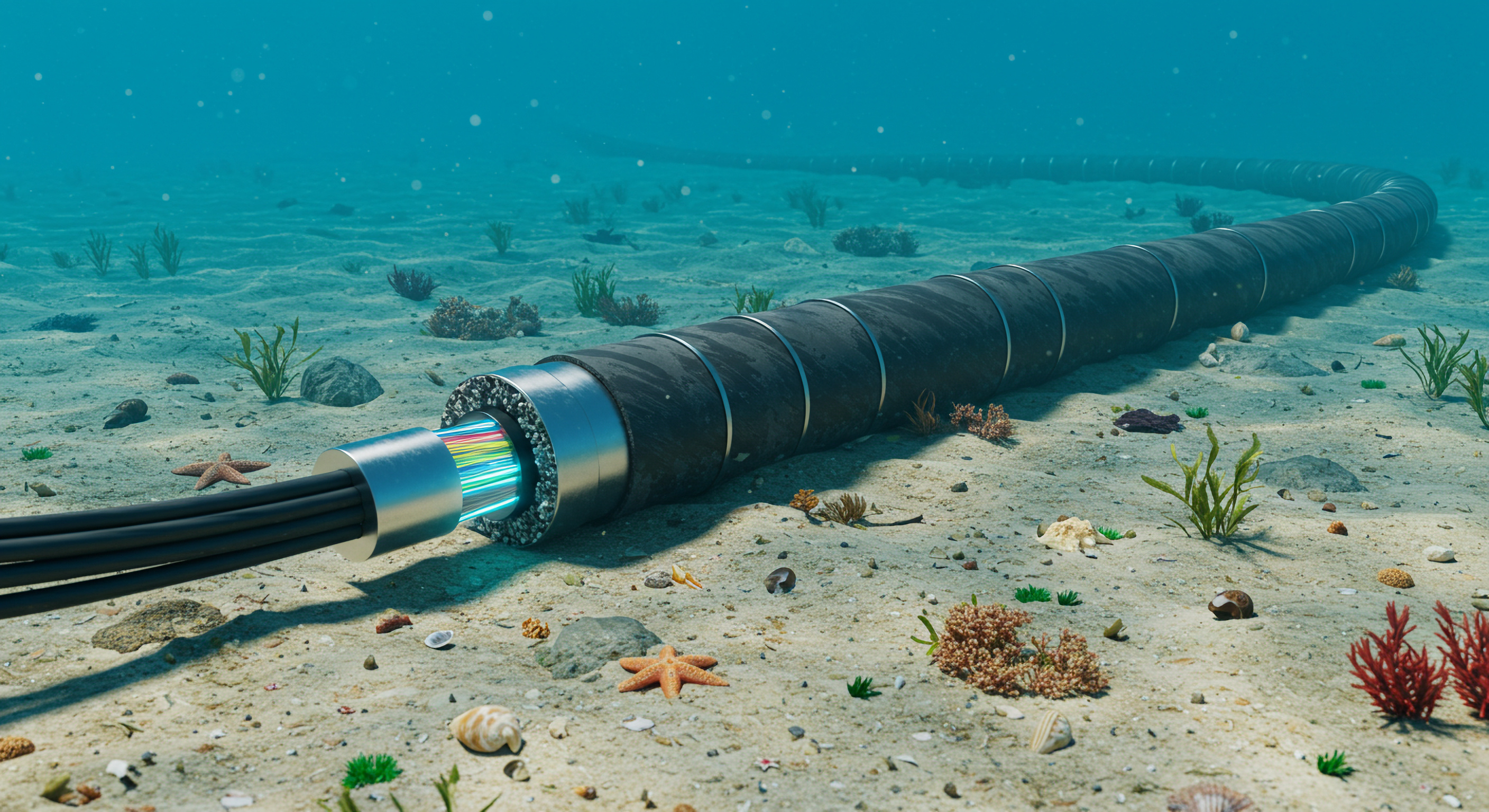
October has been a busy and exciting month for offshore wind news in the United Kingdom.
Oxford University’s Smith School of Enterprise and the Environment released research which indicates that wind and solar power have the ability to provide enough energy to ‘vastly surpass’ the UK’s current needs. The lead author of the report Dr Brian O’Callaghan believes that the UK needs to take it’s lead from the US and implement incentives around renewable energy and prepare the main infrastructures for this to be the lead source of power in the future.
Dogger Bank Wind Farm
Located 80 miles off Yorkshire’s east coast and described as “the world’s largest offshore wind farm”, Dogger Bank Wind Farm produced its first power at the beginning of October. And this power is already being transmitted to the UK’s national grid via the development’s high-voltage direct current (HVDC) transmission system – the first time that such technology has been used by a UK wind farm.
The Dogger Bank Wind Farm uses GE’s Halide X turbines (referenced in Ben Boyd’s recent blog on floating offshore wind farms), and the operators claim that their commissioning of the first operational turbine at Dogger Bank represents the first time such a turbine has ever been energised offshore anywhere in the world. But the Dogger Bank Wind Farm is not a floating installation – its turbines are instead all fixed to the seabed in a more traditional fashion. Indeed, this is why the Dogger Bank location was so attractive for the development – it is far enough away from shore to provide low visual impact, yet the water there is shallow enough to permit fixed installations.
Nevertheless, construction of the Dogger Bank Wind Farm is being undertaken with the assistance of the world’s largest offshore jack-up vessel, the Voltaire, which was delivered in 2022. The Voltaire is claimed to be the world’s first such installation vessel to be designated as an Ultra-Low Emission Vessel (ELEV) and has a lifting capacity of 3200 metric tons. It will be used to install a total of 277 of GE’s Halide X turbines at Dogger Bank before its work on site is complete. Key to this will be the Voltaire’s jacking system which uses four 130m long lifting legs to raise the vessel above the water’s surface. The Voltaire can in fact operate in waters as deep as 80 metres, considerably deeper than those at the Dogger Bank site, and so it is expected to play a key role in the growing floating offshore wind sector considered in more detail in Ben’s blog.
Seagreen
Looking further north, Scotland’s largest offshore wind farm, Seagreen, has also been in the news this month, having begun operating at full capacity for the first time. Seagreen, like Dogger Bank, is a fixed offshore wind farm, but is located in waters slightly deeper than Dogger Bank, which actually makes it the deepest fixed wind farm in the world.
Seagreen now has 114 operational wind turbines which together provide a total generating capacity of 1075MW – enough green energy to power more than 1.6 million homes. There is consent for a total of 150 wind turbines at the site, but it was found that larger generators made it possible to use fewer turbines to harvest the same amount of electricity. Seagreen is now looking at an alternative phase of development, Seagreen 1A, involving the remaining 36 wind turbines they have permission to build. Dogger Bank will have considerably more turbines, with each being larger than Seagreen’s, and so is expected to provide a world-record 3.6GW of capacity when all are installed and brought online. Just a single rotation of a single turbine at Dogger Bank is said to produce enough clean energy to power an average British home for two days.
What does the future have in store?
It has been a very positive month for green energy generation, and this is likely to continue in the coming months as more organisations in the field unveil new technology they have been working on.
Our Marine & Ocean Engineering team are following developments with interest and if you have any questions about IP in this space you can contact them here.
Read more on our Marine & Ocean Engineering Spotlight Page.
Simon is a Partner and Patent Attorney at Mewburn Ellis. He is highly skilled in patent drafting, prosecution, oppositions and appeals. Simon is also experienced in Freedom to Operate opinions. He is particularly interested in the invention capture process, marine engineering, and automotive engineering, especially automotive safety. He leads the firm’s sponsorship of UK electric Formula Student team, Team Bath Racing Electric.
Email: simon.parry@mewburn.com
Sign up to our newsletter: Forward - news, insights and features
Our people
Our IP specialists work at all stage of the IP life cycle and provide strategic advice about patent, trade mark and registered designs, as well as any IP-related disputes and legal and commercial requirements.
Our peopleContact Us
We have an easily-accessible office in central London, as well as a number of regional offices throughout the UK and an office in Munich, Germany. We’d love to hear from you, so please get in touch.
Get in touch.png?width=100&height=100&name=Simon%20Parry%20circle%20(4).png)

